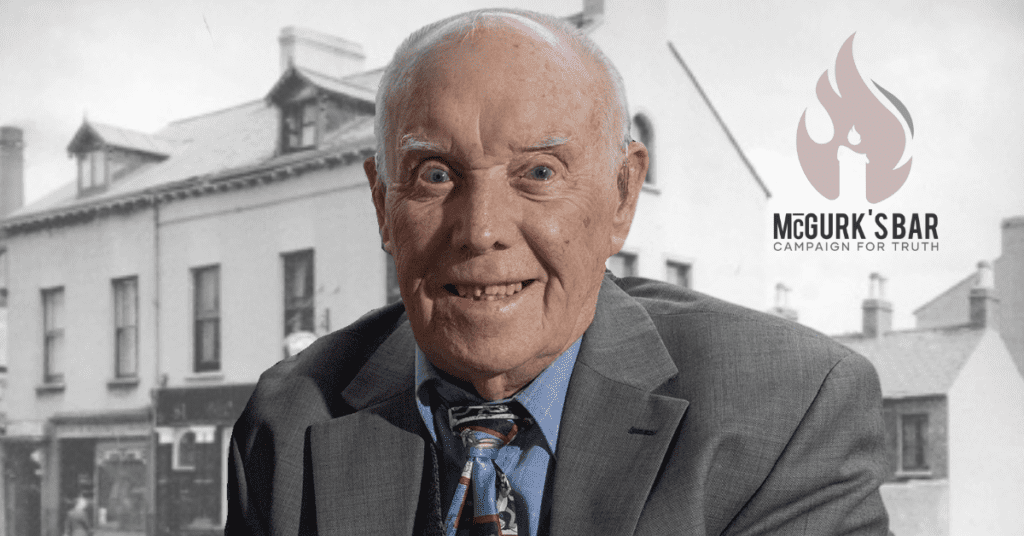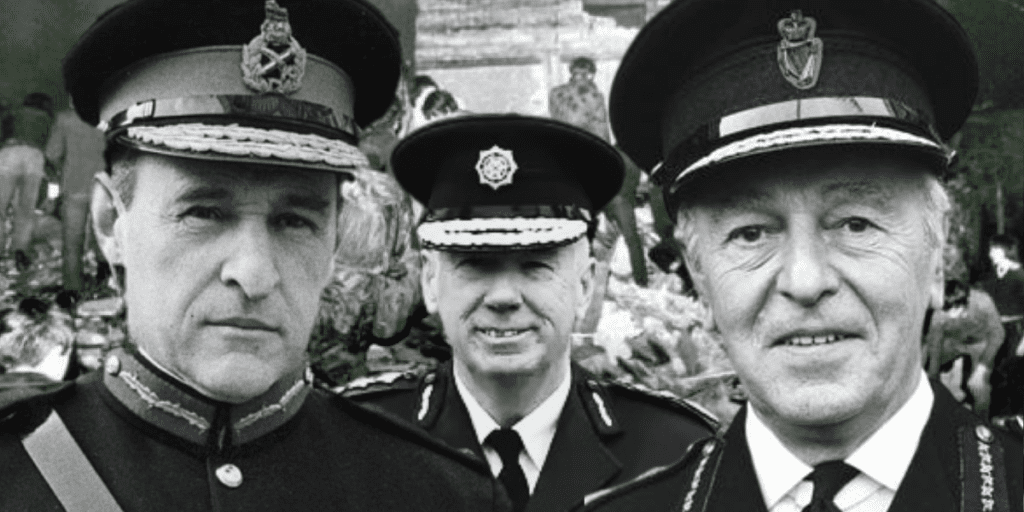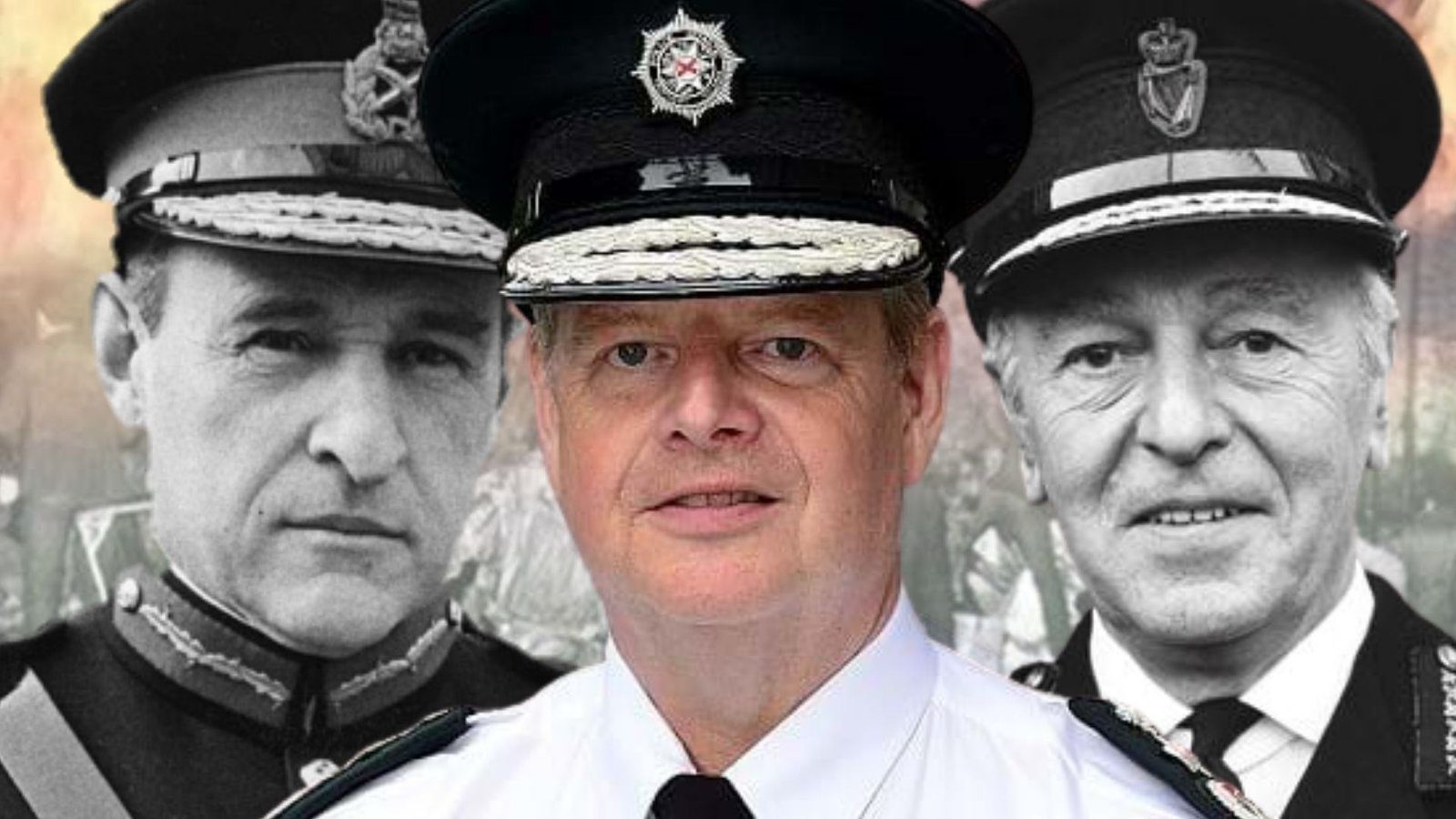Response to a letter by Kenny Donaldson, spokesperson for Innocent Victims United.
Kenny Donaldson wrote letters to the local newspapers recently, including the Irish News, which recounted the horror of the McGurk's Bar Massacre and its victims (Vital to encourage thinking that expresses regret for every death, 31 January 2022).
In the Irish News copy, Mr. Donaldson wrote:
“...we should remember the context in which murders and deaths occurred and challenge the ideologies that created the hatreds that fed the terrorist campaign which blighted our society for so long.”
Nevertheless, prior to this statement, Mr. Donaldson’s commemoration is an edited version and far from the full context.
He tells us the horrific experience of an "acquaintance" who as a schoolboy found traumatic photographs of McGurk’s Bar victims in his father’s briefcase in 1972 – his father was an Inspector in the Royal Ulster Constabulary (RUC) who was attending the inquest into the McGurk’s Bar Massacre which occurred on 4th December 1971.
The day after the atrocity, the RUC Inspector liaised with our bereaved families at the morgue, he wrote.
These are terrible experiences, and it is important to acknowledge the harm to victims across the community, including those who served in the British Armed Forces and their families.
And it is especially important to remember the context in which the murders occurred and their aftermath.
I agree, but Mr. Donaldson has not, as it does not befit his own "narrow perspective".
The Context of the Massacre
Within hours of the explosion, then Brigadier Frank Kitson and the RUC colluded to blame the victims for the atrocity. Specifically, Kitson informed his British Army Brigade staff:
“RUC have a line that the bomb in the pub was a bomb designed to be used elsewhere, left in the pub to be picked up by Provisional IRA. Bomb went off and was a mistake. RUC press office have a line on it – NI should deal with them”
The following morning (5th December 1971), three RUC Inspectors and a Chief Superintendent signed off on the lie in their Duty Officers’ Report, and this was then distributed and promoted in a collusive/pliant press:
“Just before the explosion a man entered the licensed premises and left down a suitcase, presumably to be picked up by a known member of the Provisional IRA. The bomb was intended for use on other premises. Before the ‘pick-up’ was made the bomb exploded”.
Mr. Donaldson's letter also found its way into the Newsletter which has a double-irony for our families as it was one of the newspapers which parroted the disinformation and helped cause untold hurt over the years.
The first opportunity it had, on 6th December 1971, the Newsletter wrote:
The bomb which killed 15 people in a public house in the North Queen Street area of Belfast on Saturday night "exploded inside the building".
This was the opinion last night of Army bomb experts and also of Government forensic experts who visited the ruins of the public house and carried out an examination.
A shallow crater was discovered, indicating exactly where the suitcase containing 50 lb of gelignite exploded, and this crater was "in the floor inside the bar," where, in fact, most of the bodies were recovered..."
"The RUC is of the opinion that the bomb was brought into the bar earlier in the night and that a Provisional IRA man was to have set it off somewhere in the city later.
For some unknown reason, police think, the bomb exploded prematurely, demolishing the premises, and killing 15 and injuring many others.
The RUC last night rejected reports put about by Republican sources that the bomb was left outside the bar by the "UVF".
Read the disinformation article >>
We now know that the morning before the publication of these lies (and a few hours after the explosion), a British Army bomb expert pinpointed the seat of the explosion in the entranceway – where a witness saw the bomber plant the bomb – so British Army Headquarters knew that McGurk’s Bar was attacked. The RUC had oversight of these files and knew this too, of course.
“ATO [Ammunition Technical Officer] is convinced bomb was placed in entrance way on ground floor. The area is cratered and clearly was the seat of the explosion.”

The British Army and RUC, though, buried this expert evidence, and marked it “NOT FOR PR”. It was not to be given to the press, nor made public, and it remained hidden for 47 years until I discovered it.
Less than two weeks after the atrocity, the Chief Constable of RUC and head of Special Branch attended a high-level Joint Security Committee meeting at Stormont and told the Northern Ireland Prime Minister:
“Circumstantial evidence indicates that this was a premature detonation and two of those killed were known IRA members at least one of whom had been associated with bombing activities. Intelligence indicates that the bomb was destined for use elsewhere in the city.”
These were egregious lies, and the Chief Constable today has yet to account for them. He cannot as the police invented them.
The RUC then lied to the inquest which Mr. Donaldson's Inspector attended and withheld vital evidence from the Coroner and our families.
So, the context to the Loyalist bombing of McGurk’s Bar is collusion between the British Army and RUC.
Within hours of the explosion, they secretly agreed to fabricate lies and blame our loved ones. The context for their cover-up was institutional discrimination and a sectarian state.
Mr. Donaldson’s commemoration is an edited version of the atrocity and the impact it had on families, and focuses on an RUC Inspector who failed to safeguard his own child from the horrors he experienced. Indeed, Mr. Donaldson's retelling of this officer's failure to protect his own child from snapshots of what our families lived with every day for half a century has upset our family members too.
He should remember this the next time he wants to write about and commemorate the McGurk's Bar Massacre.
To admit and acknowledge the fact that the RUC and British Army colluded to fabricate the lies about the McGurk’s Bar Massacre does not diminish the good that individual members of the British Armed Forces did, nor the impact that the atrocity had on them and their families.
To ignore the harm that the police did to our families then - and continues to do today - demeans our families’ experiences.
But in Mr. Donaldson’s heavily edited version of our shared history, the sectarian state and the terror its Armed Forces spread in our community may not feature as context, and victims are innocent… or not.
YOU CAN HELP
Support the work of the charity, Paper Trail.
The author Ciarán MacAirt is donating all of the profits of his book, Trope: Essays and Articles, to Paper Trail and its work with victims and survivors of the conflict, including the families of the McGurk's Bar Massacre.
Trope features some of his ground-breaking discoveries and represents a personal journey as he trudges across the killing fields of World War 1 to the back-streets of Belfast where death-squads roamed. In it, he asks whether General Sir Frank Kitson who helped cover up the McGurk's Bar Massacre was a British military hero or director of terrorism. Foreword by Father Sean McManus, international human rights activist, author, and President of the Irish National Caucus.




